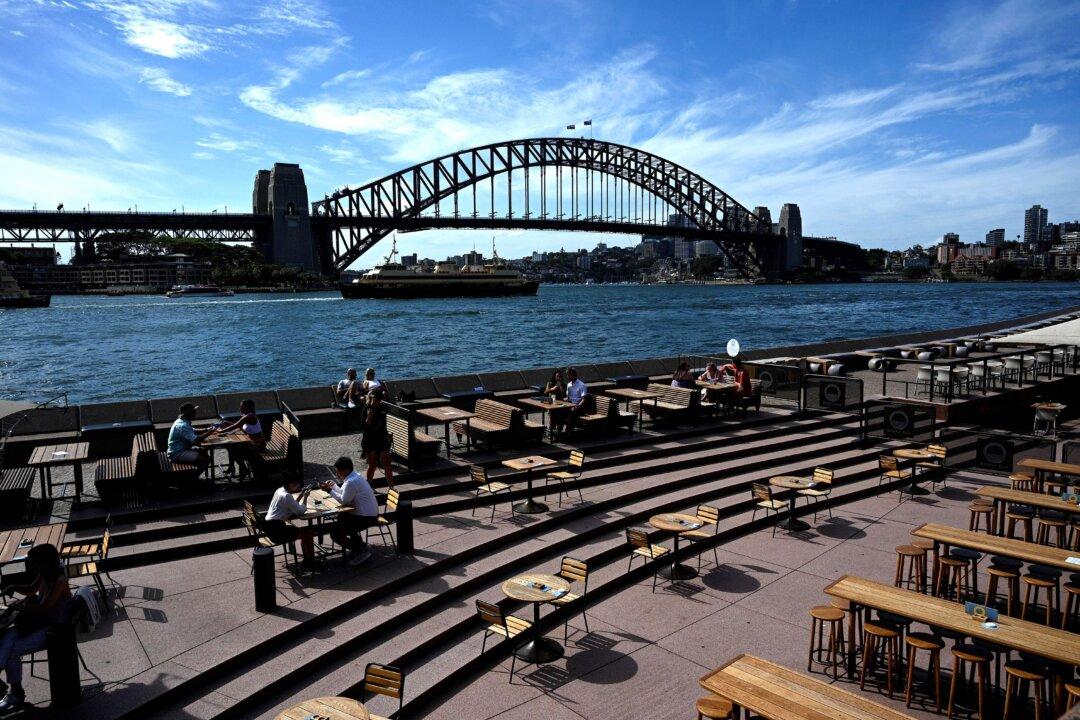The Reserve Bank of Australia has said the recovery from the current economic downturn will be significantly different to the recovery from past economic shocks such as the Global Financial Crisis and the Great Depression.
RBA Head of Economic Analysis Brad Jones said in a keynote address at the Minerals Week Australia-Asia Investment Outlook that the current economic shock was different from other episodes, giving the current economic recovery a brighter outlook.





